The Wassily Chair
Looking at well-designed objects, I’ve often wondered how and where designers got the original idea. That made me think about a designer I researched during my studies at the Interior Design Academy of Ireland.

Marcel Breuer, Hungarian architect and designer, was the first furniture designer to actually use tubular steel to design a chair. And what a chair.
His first designed tubular metal chair (the B3 that became the Wassily) was inspired by the curved metal handlebars of his Adler bicycle he rode every day. This happened around 1925.
Breuer attended the famous and also controversial Bauhaus Design School in those days. This school has often been referred to as the cornerstone of contemporary design and it was here that he designed all these beautiful chairs, especially the Wassily. (Coincidentally Adler is also a German product and they’ve been manufacturing these bicycles since 1881).
The Wassily is probably the most copied of all the chairs Breuer designed and I would love one of these in my living room….
Bauhaus Design School
Marcel Breuer was only 18 when he started at the Bauhaus in Weimar, Germany. The Bauhaus Design School, which was founded by Walter Gropius in 1919, was known for a different approach to teaching. Traditional teaching methods were replaced by a more flexible artistic community where students were trained in many art and design disciplines. It was a shared approach to learning and the creation of integrated design projects.
Emphasis was also on the production of objects for the mass society. These objects were functional but still artistic. This was preferred above making individual items only for the rich. Simplicity and functionality were key with form following function when it came to any design. The school also encouraged a greater sense of self-awareness.
Breuer was obviously very talented because within a year he was in charge of the furniture design workshop. The Wassily was probably also the most famous design that was created at the Bauhaus.
The Wassily
Breuer modelled his chair on the traditional overstuffed club chair. The overstuffed club chair was reduced to its rudimentary lines and planes to become the Wassily. The shape of the chair is this fluid frame of tubular steel. Also, the body of the sitter doesn’t even touch the steel framework. I am only going on my research studies here, because alas, I have never sat in one of those chairs. Yet!
The Wassily chair’s apparent simplicity contradicts its clever construction. The seat, back and armrests were originally made from fabric, but later versions were made from thick leather which is a much stronger, but also a more comfortable material for sitting. The result is a comfortable, sturdy and lightweight chair. Compared to other chairs that were designed in this time period (1920’s) the Wassily was definitely more structurally exposed, according to The Gentleman’s Gazette. Many people would never have thought to use it as a chair. Only a few people would have recognised its designer chair-beauty!
Imagine designing something so comfortable and beautiful that the school where you were studying started using it as furniture in their buildings. That’s what happened to Breuer. The chair was renamed “the Wassily” when an abstract painter, Wassily Kandinsky, also at the Bauhaus, became a big admirer of the design. Breuer made a duplicate chair especially for him.
In a way this chair helped to make metal furniture more acceptable in domestic interiors. Today, we see so many objects, not only furniture but also soft furnishings, in the domestic setting, made partly or entirely from exposed metal. From tables and chairs to chandeliers and standing lamps. All very popular.
Marcel Breuer with his Wassily was definitely ahead of his time.
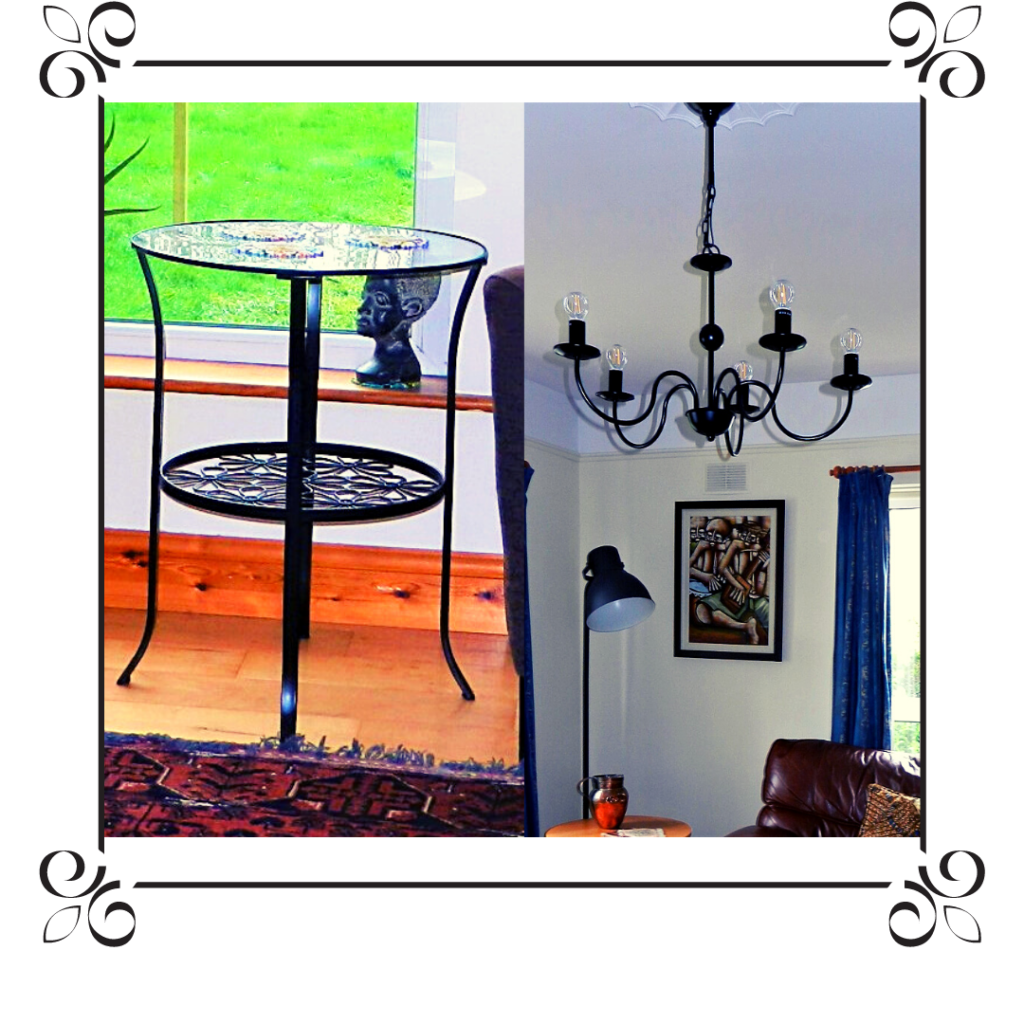
You can still buy a real Wassily for a cool $2893 (around €2454) at Knoll or see this or other designs at museums for modern art like MoMA. Otherwise I suppose you could buy a cheaper knock-off version….


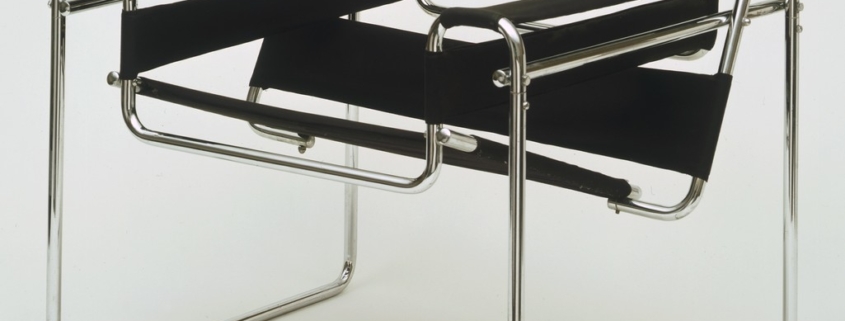



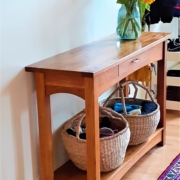



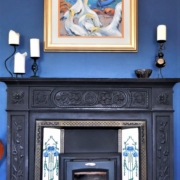
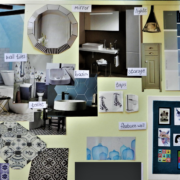
Leave a Reply
Want to join the discussion?Feel free to contribute!